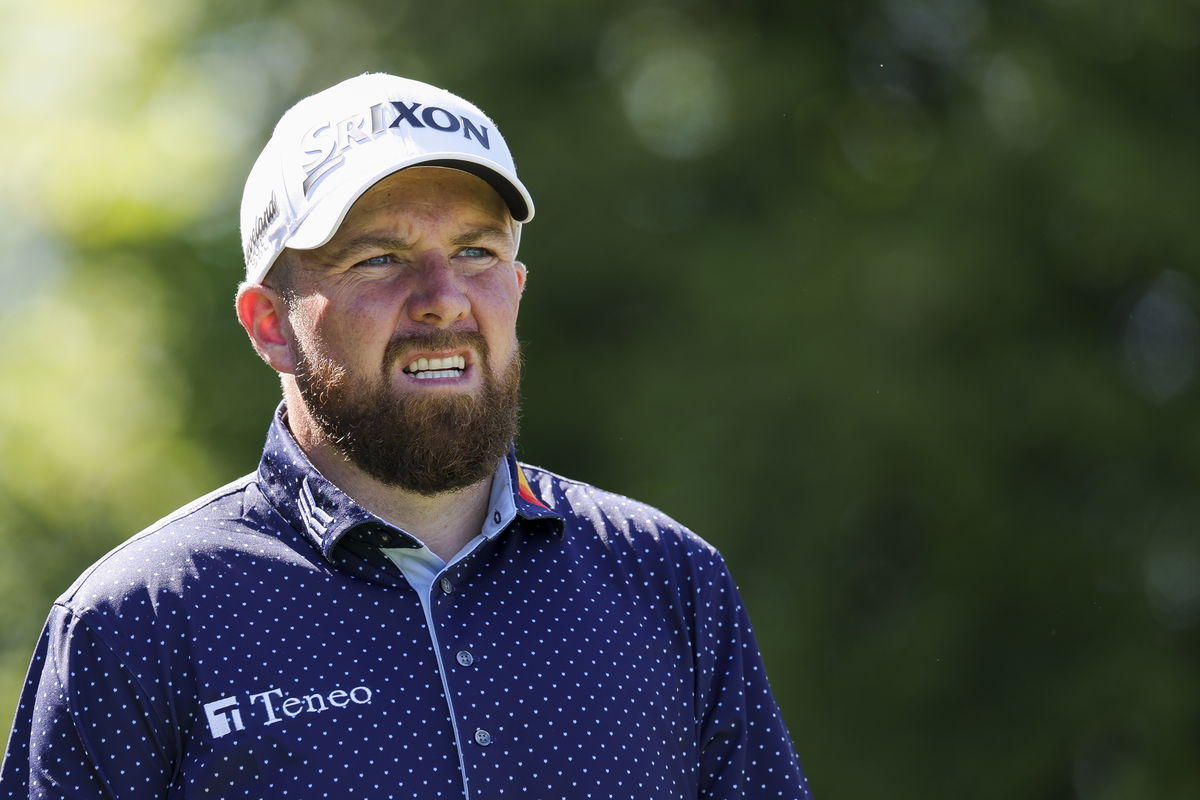
Getty
FLOURTOWN, PENNSYLVANIA – MAY 10: Shane Lowry of Ireland looks on while playing the ninth hole during the third round of the Truist Championship 2025 at The Wissahickon at Philadelphia Cricket Club on May 10, 2025 in Flourtown, Pennsylvania. (Photo by Andrew Redington/Getty Images)

Getty
FLOURTOWN, PENNSYLVANIA – MAY 10: Shane Lowry of Ireland looks on while playing the ninth hole during the third round of the Truist Championship 2025 at The Wissahickon at Philadelphia Cricket Club on May 10, 2025 in Flourtown, Pennsylvania. (Photo by Andrew Redington/Getty Images)
The PGA Championship can’t sweep the “mud balls” issue under the rug; in a tournament where every stroke counts, even the dirt on the ball can become a game-changer. After Scottie Scheffler went on a tirade about the issue at Quail Hollow following the first round, which stemmed from an earlier PGA of America ruling on “preferred lie,” or lift, clean, and place, another golfer is now facing a difficult situation (plugged lie), but with even greater consequences.
Watch What’s Trending Now!
After a tough start on Thursday at the PGA Championship, 2019 Open champion Shane Lowry managed to get back to one over par with a birdie on No. 7 during his second round at Quail Hollow. However, things took a turn on the short par-4 eighth when his ball landed in a pitch mark. Lowry called over a rules official and reportedly became “boisterous” after the official denied him relief. The result? An upset Shane Lowry stubbed his second shot into a greenside bunker and expressed his frustration with an F-bomb tirade, even flipping off his golf ball after failing to save par. As expected, he mishit the shot and ended up with a bogey.
But what’s up with plugged lie and relief? According to the Rules of Golf, players can receive free relief if their ball is embedded in the general area, which includes both the fairway and rough. So, why didn’t Lowry receive that benefit? Here’s the twist: Rule 16.3 grants relief only when the ball is embedded “in its own pitch mark made as a result of your previous stroke.” In Lowry’s case, his ball plugged in someone else’s pitch mark—a rare and unfortunate break. As a result, the rules denied him any free relief.
ADVERTISEMENT
Shane Lowry not given relief for an embedded ball.
The result:pic.twitter.com/racmmGkcCv
— Underdog Golf (@UnderdogGolf) May 16, 2025
Looking at the situation, ESPN’s Geoff Ogilvy said, “It must have been someone else’s pitch mark because you get a drop out of your own. So, incredibly unlucky.” Incredibly unlucky indeed. However, this isn’t the first time the PGA of America’s rule has affected gameplay at the PGA Championship this season, and likely won’t be the last, and perhaps the 2025 PGA Championship Sunday match will see a similar fate as the 2016 PGA Championship.
Top Stories
LPGA Star Issues Statement After Being Disqualified from $2M Golf Event: ‘Disappointed’
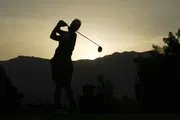
Tiger Woods Subtly Honors Late Dad Earl Woods by Announcing Special Apparel Collection

Brandel Chamblee Calls Out Special Treatment of Jordan Spieth & Rickie Fowler During PGA Tour Events
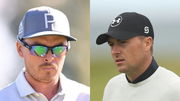
Tiger Woods’ Treatment of Caddies Set Him Apart from PGA Tour Rivals, Confesses Steve Williams
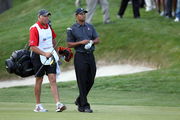
Charlie Woods Matches 34-Year-Old Tiger Woods Record Despite Turbulent Year
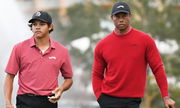
ADVERTISEMENT
That one time PGA of America was forced to bring “preferred lies” to the PGA Championship
The 2016 PGA Championship at Baltusrol marked a historic moment as organizers allowed preferred lies for the final round, a first in the tournament’s 98-year history and possibly in major championship golf. This ruling permitted players to lift, clean, and replace their balls from the fairway within one club length, but it did not apply to balls in the rough or hazards.
Officials made this decision after heavy overnight rain left the course soggy, raising concerns that balls would pick up mud and complicate shots. While preferred lies are common in regular tour events, major championship officials typically hesitate to implement them, fearing they might undermine the tournament’s integrity.
ADVERTISEMENT
Despite the relief, players expressed frustration over the PGA’s handling of rain delays. Many believed the tournament should have adjusted the third-round tee times for the forecasted storms, suggesting a two-tee start and groups of three, similar to measures the R&A implemented during the Open at Hoylake in 2014.
Billy Horschel criticized the PGA for failing to make these adjustments, calling it a “big mistake.” The decision, however, sparked a wave of criticism from “golf purists” who disapproved of a major championship allowing such flexibility in its tournament. Following that, the PGA of America never reinstated “preferred lie” in the tournament, despite various golfers condemning the situation. However, it will be interesting to see if the growing conversation around this issue and the soggy ground will lead to a ruling similar to the one made during the 2016 PGA Championship in the final round.
ADVERTISEMENT
ADVERTISEMENT
ADVERTISEMENT

